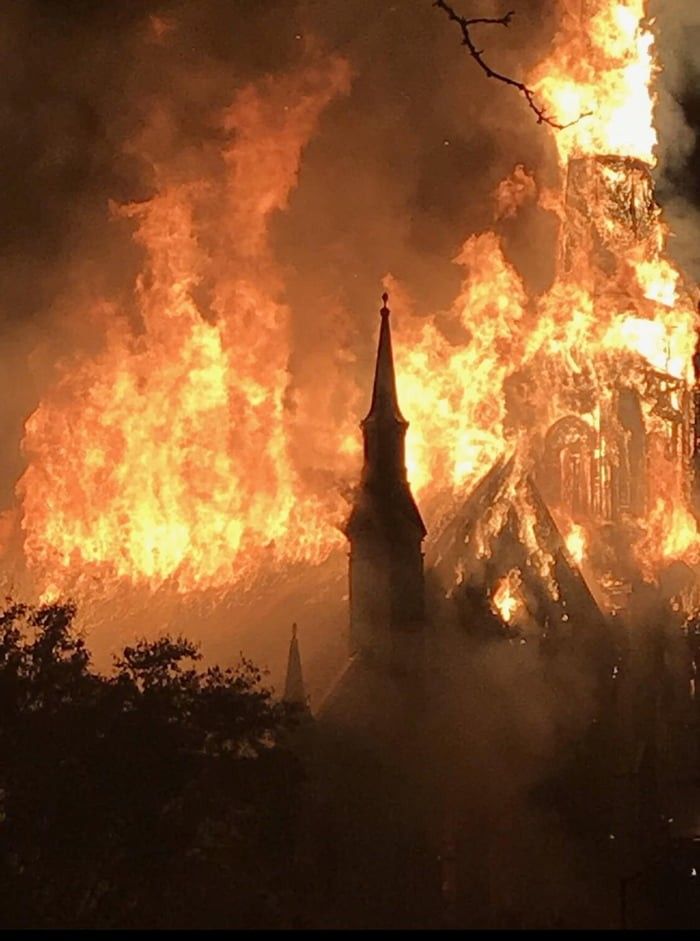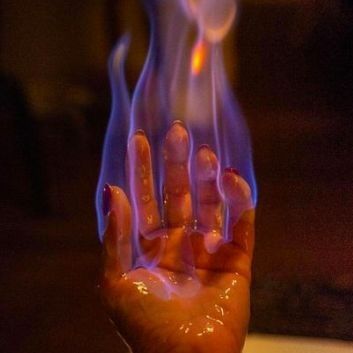What is Pyromania — Integrated and Contextualized Definition
Pyromania is a rare impulse control disorder, whose central manifestation consists of repeated and intentional fire-setting episodes. What distinguishes it from other cases of arson is the internal motivation: the act stems from a pathological fascination or attraction to fire and associated objects (matches, lighters, flammable materials, fire extinguisher paraphernalia, or even firefighters themselves). It is preceded by a sense of tension or emotional arousal and followed by pleasure, relief, or gratification. This diagnostic framework appears in current psychiatric manuals (e.g., DSM-5) and is also included, with administrative/coding differences, in the ICD-11.
Diagnostic Criteria
To diagnose pyromania, several elements must converge, characterizing an impulsive and emotional pattern linked to fire:
- Repeated and deliberate fire-setting incidents (more than once).
- Significant fascination or attraction to fire and related tools or contexts.
- Tension or emotional arousal (anxiety, restlessness, excitement) immediately before setting the fire.
- Pleasure, relief, or gratification during or after the act, or when observing its consequences.
- Exclusion of instrumental motivations: the fire is not for revenge, profit, concealing another crime, political/social statements, or any clear external purpose.
- Exclusion of other explanations: not due to delusions, hallucinatory commands, acute intoxication, intellectual disability, or other mental disorders (e.g., fire-setting explained by a manic episode or conduct disorder).
- The behavior causes significant clinical distress or negatively impacts legal, social, or functional areas.
Clinical Presentation and Warning Signs
Patients with pyromania may show behaviors and observable signs in their environment, such as:
- Excessive accumulation or collection of matches, lighters, flammable liquids, or small fire-related artifacts.
- Disproportionate interest in news/incidents about fires or in firefighting activities; attempts to get involved in firefighting tasks or volunteer programs.
- Unexplained burns on personal belongings, clothing, or within the home.
- Comments about pleasure or relief after fires they caused or witnessed.
- History of prior fires involving preparation or planning (finding spots to facilitate spread, hiding evidence).
Etiology and Risk Factors
Etiology is multifactorial and not fully understood; it seems to involve interactions between biological, psychological, and environmental factors:
- Biological/neurobiological: possible differences in brain circuits involved in inhibition and impulse control; neurotransmitter imbalances linked to repetitive, impulsive behaviors. Association with other impulse control disorders.
- Psychological: early history of curiosity about fire, sensation-seeking, use of fire as an emotional regulator to relieve tension or anxiety, reinforcement through gratification after the act.
- Social and environmental: early exposure to fires, neglect or abuse in childhood, easy access to flammable materials, or environments where fire is normalized or glamorized.
- Family factors: higher risk when there is family history of impulse control or psychiatric disorders.

Comorbidity
Pyromania frequently coexists with other disorders that complicate diagnosis and treatment:
- Substance use (alcohol, drugs).
- Mood disorders (depression, bipolar disorder), anxiety disorders.
- ADHD and impulse control disorders.
- Personality disorders (particularly antisocial traits) or conduct disorder in minors.
- In forensic contexts, parallel criminal behaviors are common.
Clinical and Forensic Evaluation
A thorough assessment must differentiate motivations and quantify risk:
- Detailed history of episodes (frequency, planning, context, enjoyment/relief afterward, preparation).
- Active search for alternative motivations (revenge, financial gain, concealment, ideology, delusional orders).
- Evaluation of risk of harm to others: suicidal ideation, homicidal intent, level of dangerousness.
- Screening for psychiatric comorbidities (SUD, mood, personality, ADHD).
- Forensic/legal evaluation: criminal history, property damage, likelihood of reoffending; determine responsibility and judicial/therapeutic measures.
- Cognitive and neurological evaluation, especially in children or when neurological impairment is suspected.
- Collateral information: family interviews, firefighter/police reports, medical and school records.
- Useful tools: structured interviews, impulsivity/functioning scales, neuropsychological and personality tests when appropriate.
Differential Diagnosis
Before confirming pyromania as the main explanation, the following must be ruled out:
- Instrumental arson (fires for profit, revenge, concealment).
- Mood disorders (manic episodes with impulsive behavior).
- Psychotic disorders (fires due to delusions or hallucinatory commands).
- Substance intoxication or acute effects.
- Conduct disorder / antisocial personality disorder (especially in youths where fire-setting reflects criminal patterns).
Pyromania is a diagnosis of exclusion: it should only be considered when other explanations do not adequately account for the behavior.

Treatment and Management — Multimodal Approach
Due to the rarity of the diagnosis and heterogeneity of evidence, clinical management is multimodal and personalized:
Psychotherapy
- Cognitive-Behavioral Therapy (CBT) is the most cited intervention: training in impulse recognition and management, stimulus control techniques, response prevention, behavioral retraining, desensitization and cognitive restructuring, and training in problem-solving and coping skills.
- Family interventions in minors: psychoeducation, environmental control, and supervision.
- Structured behavioral programs in correctional or residential settings to reduce risk of recidivism.
Pharmacotherapy
- No medications are specifically approved for pyromania.
- Pharmacological treatment usually targets comorbidities or symptoms (impulsivity): SSRIs (e.g., fluoxetine, sertraline) in some cases to reduce repetitive/impulsive behaviors; mood stabilizers or antipsychotics if bipolar disorder or psychotic features are present; antiepileptics as impulse regulators in selected contexts.
- Controlled evidence is scarce; prescriptions must be individualized and closely monitored.
Safety and Legal Measures
- Risk management plans, limiting access to flammable materials, collaboration with firefighters and social services, and coordination with the judicial system when there is real community danger.
- In forensic contexts, a combination of clinical treatment and containment/supervision measures is common.
Prevention, Public Health, and Practical Recommendations
- Primary prevention: safety campaigns, early education in schools about fire risks, and controlling minors’ access to matches/lighters.
- Family prevention: supervision, psychoeducation, and seeking help when children show intense curiosity about fire.
- Institutional protocols (schools, residences): reporting systems, early intervention, coordination with social services.
- Community measures: involve firefighters and local organizations in prevention and education programs.
Prognosis and Evidence Limitations
Prognosis is variable: it depends on age of onset, presence and management of comorbidities, early intervention, and social support. Some individuals improve with treatment and supervision; others continue behaviors that pose legal risk and harm. Research is limited (few controlled trials, population and methodological heterogeneity), so many recommendations rely on case series, observational studies, and extrapolations from other impulse control disorders. For academic rigor, primary sources should be cited and evidence limitations made explicit.

Clinical Evaluation Checklist
- How many episodes and at what intervals?
- Was the fire deliberate and prepared? Was there planning?
- What sensations before (tension, excitement) and after (pleasure, relief) does the person describe?
- Is there accumulation of flammable materials or collecting behavior?
- Are there alternative motivations (profit, revenge, concealment, ideology)?
- Is there psychiatric comorbidity (SUD, mood disorder, ADHD, personality disorder)?
- Current risk to others and need for containment measures?
- Gather collateral information: family, firefighters, police, medical records.
Conclusion
Pyromania is a rare impulse control disorder defined by the pattern of fire-setting driven by internal motivations linked to fascination with fire, with a characteristic emotional sequence (prior tension and subsequent relief). Its diagnosis requires careful clinical and forensic evaluation to rule out instrumental motivations and other mental disorders. Treatment is multimodal—focused on CBT, management of comorbidities, safety measures, and intersectoral collaboration—and the available evidence is limited, so interventions must be personalized and rigorously documented.








Leave a Reply